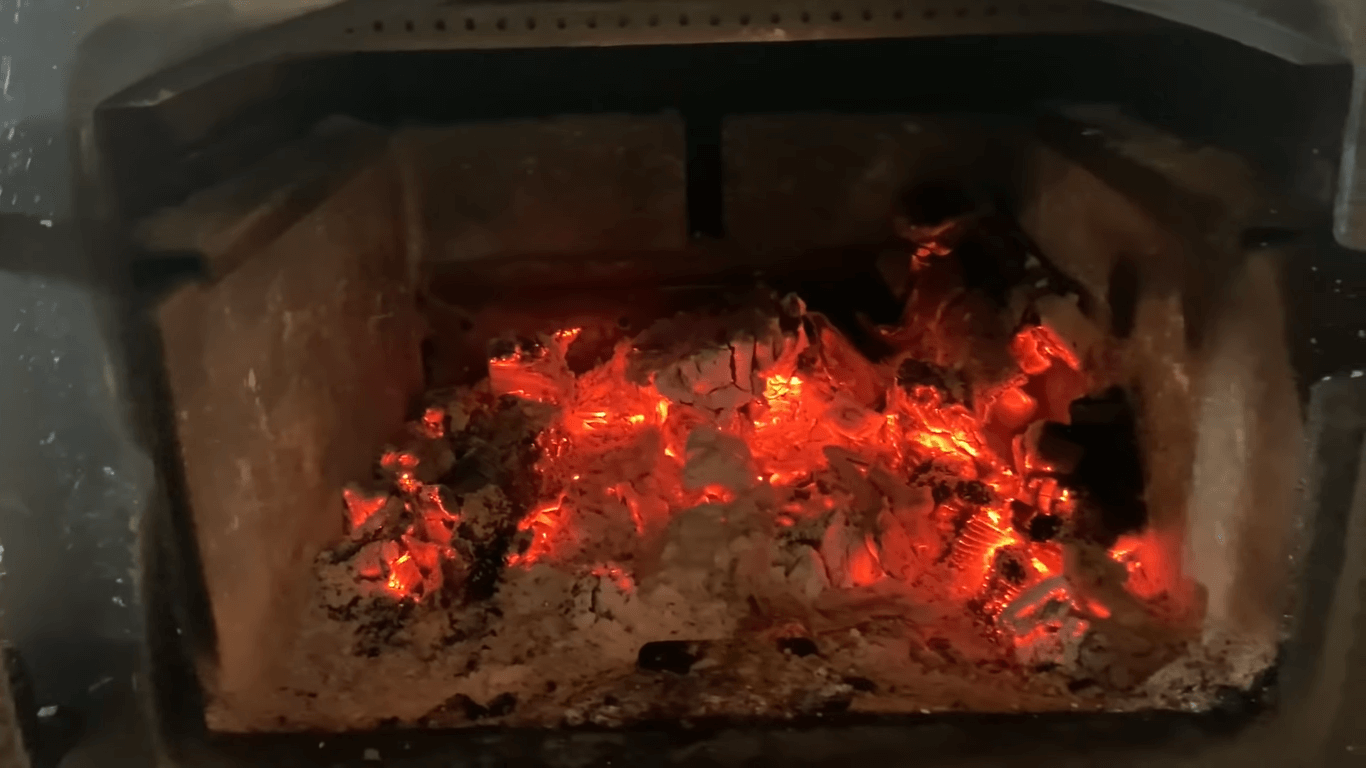Because it all depends on your fireplace and what kind of food you want to use. Slight burning in a fireplace is generally safer because it ensures that the wood is burned completely and in a safe and controlled manner.
In this article, we will further discuss and follow the process of making pine wood for burning purposes. So keep reading with us to get all the answers to the relevant questions that pop up in your mind whenever you see a pine tree nearby.
Can You Burn Pine In A Fireplace? Associated Health Risks
- Acrolein
- Formaldehyde
- Benzene
- Polycyclic aromatic hydrocarbons
You can prevent excessive smoke production and burn wood more efficiently by using an EPA-certified wood stove that is dry and seasoned. You may love the smell of smoke, but it's not good for your health.
Smoking for a long time can cause serious health problems because the smoke is made up of several fine particles, also known as PM2.5. These tiny particles can leave various respiratory problems and enter your eyes, where they can cause eye irritation, runny nose, and bronchitis.
Pros And Cons Of Burning Pine in A Fireplace
There are some pros and cons of burning Pine as firewood. Let us discuss them in detail:
Pros
You're burning the right pinewood in the fireplace is a popular choice because of its many benefits. Here are some benefits.
Pleasant Aroma
If you are using pine wood to heat your home, it is a good choice because when it burns, it emits a pleasant smell that can be a nice addition to your home. Is. Because it is a natural substance, it is environmentally friendly.
Burns Very Well
Pinewood is quite useful for lighting a stove or fireplace, as it is a sustainable option as burning it produces very few harmful gases. But keep in mind that when cedar's high creosote production is combined with Pine, its low heat production makes it a very poor material for interior fires.
So if you want to maintain the temperature inside the house in winter, then you can choose other types of wood which are much better for this purpose.

Hot Flames Of Pinewoods
The constant color change of fire is the beauty of cedar. If you burn cedar in your fireplace, the colors are always changing, the smoke is different, and the heat is always intense.
It makes the hanker so amazing because the colors are so bright, and the heat is intense. So, this way, you can experience the forest's beauty while staying home.
Easy To Burn
Choosing Pine as your firewood is a low-maintenance option because it requires no additional burning requirements. It is a soft wood compared to other types of wood.

Most people believe that Pine is a hardwood to burn, but this is not always the case as it is one of the easiest foods to burn, and this is especially true if the tree is fresh. The refresh is full of flowing juice that is quite explosive. It is a good option for you if you are searching for the best tree to burn right.
Cons
However, there are some disadvantages to burning Pine in a fireplace:
Pops And Crackles A Lot
There's no doubt that pinewood is popular for furniture because of its bright colors and tight grain, but it's also known for having a lot of pop and crackles when it's being worked.
It is all because the wood is filled with natural gas and oil, which can cause it to expand and contract. That is why it is not as heat resistant as other materials. So it can't last long.
Pine Is Very Sappy And Full Of Resin
Pine trees are usually found in the temperate and subtropical zones of the world, so they are pleasant and sticky.
Tin sap from these trees makes varnishes, resins, and lacquers. As it is a very colorful tree, it has a lot of resin on its trunk and branches. Due to the resin, the tree is filled with sticky sap and can be dangerous if it gets on your skin.
Frequently Asked Questions
What should not be burned in a fireplace?
Here is the list of things that you should never burn in a fireplace:
- Treated lumber
- Any paper with colored paint
- Plastics
- Dryer lint
- Christmas trees
- Wet Wood
- Fine Starters
Is it safe to burn Pine?
Yes, Pine is safe for burning purposes as it is a popular choice for burning, And because of its too-hot and fast-burning properties, the fire starts. If you burn cedar on a wood stove, ensure it's clean, dry, and well seasoned to less than 20 percent moisture.
What is the best timber to burn in a fireplace?
If you are thinking about the best wood for burning in a fireplace, hardwoods like maple, oak, ash, birch, and most hardwoods are the best options for burning wood because they are stronger and burn longer. It will give you a long burn time. Another reason is that these woods are less expensive and easier to handle.
Final Words
To summarize the whole discussion, we can conclude that pine wood is a kind of softwood; thus, it does not heat up as long as hard words.
It produces a lot of soot and creosote that can clog your chimney and cause a fire. So you can burn Pine in a fireplace, but it is not recommended.
Because Pine is a soft wood, it burns quickly, which means it doesn't provide as much heat as is needed to maintain the temperature.









